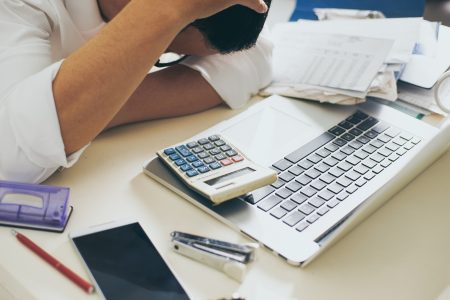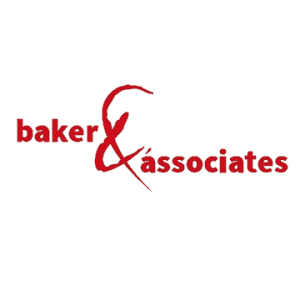
Chapter 13 Basics
When you file for Chapter 13 bankruptcy, legal payment plan arrangement between you and your creditors is developed by the court. You agree to make regular payments to a Trustee; who pays your creditors on your behalf. The debtor must submit a complete financial picture to the court and to his or her creditors. At this point, the debtor can negotiate with creditors in an effort to settle debts, or the court can help with this process. Your debt will be paid off in a fixed period of time (usually 3–5 years). A discharge of most debts if the debtor completes the plan at the end of the agreement.
Chapter 13 bankruptcy is different than Chapter 7 bankruptcy because it allows you to keep your assets. Chapter 13 bankruptcy can be useful if you are behind on mortgage payments, you have too much debt, or you are in a special situation. For example, if you have a lot of debt and want to keep your assets, Chapter 13 bankruptcy may be a good option for you.
If you are experiencing financial hardship, or want to learn more about how Chapter 13 can help you keep your property while getting out of debt; contact our office at 713-979-2279.
